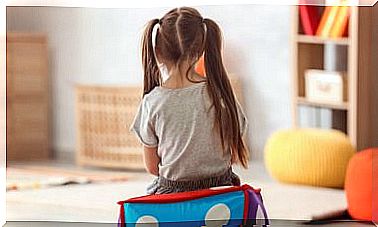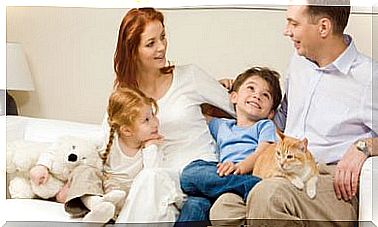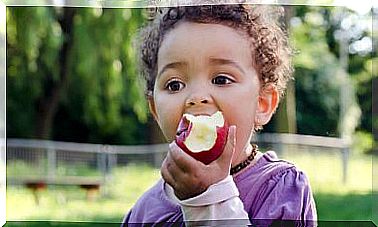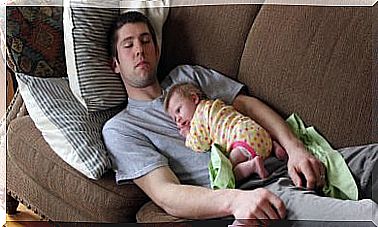Why Is It Important To Use Non-verbal Language With Children?
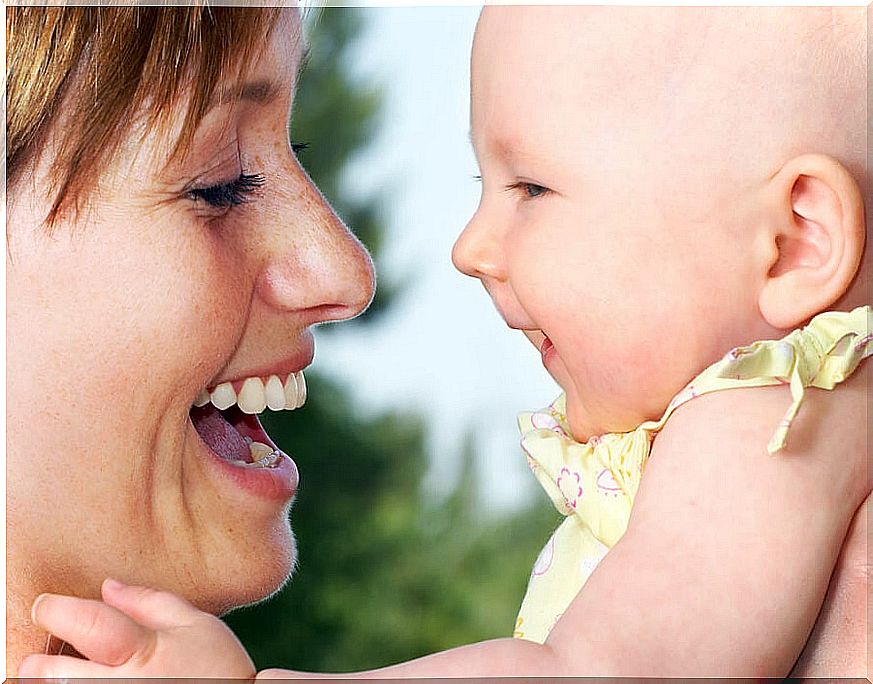
Communicating is not just about using words. In fact, it involves the development of body language (both conscious and unconscious). And although it may not seem like it, it is important to take care of non-verbal language from an early age to achieve good communication, in all areas of life.
It must be remembered that, during the first years of life, human beings do not communicate with words, but through gestures, postures and facial expressions. Therefore, when you have babies or young children, it is important to know how to use this language in such a way that it can benefit their development and, of course, strengthen the family bond.
What is nonverbal communication?
Non-verbal communication is made up of gestures, facial expressions, and also certain types of sounds, such as crying and screaming. In babies, it is a primitive form of communication that helps to express a concern or annoyance. In other words, it is the product of instinct and is triggered from a basic need.
Of course, it develops from the first moments of life and is perfected over the years. This can be evidenced in a very simple fact: as the baby grows and becomes aware of the extent of the effectiveness of his crying when he is hungry, for example, he will learn to accompany the cry by certain types of gestures (such as pouting) to get what you want.
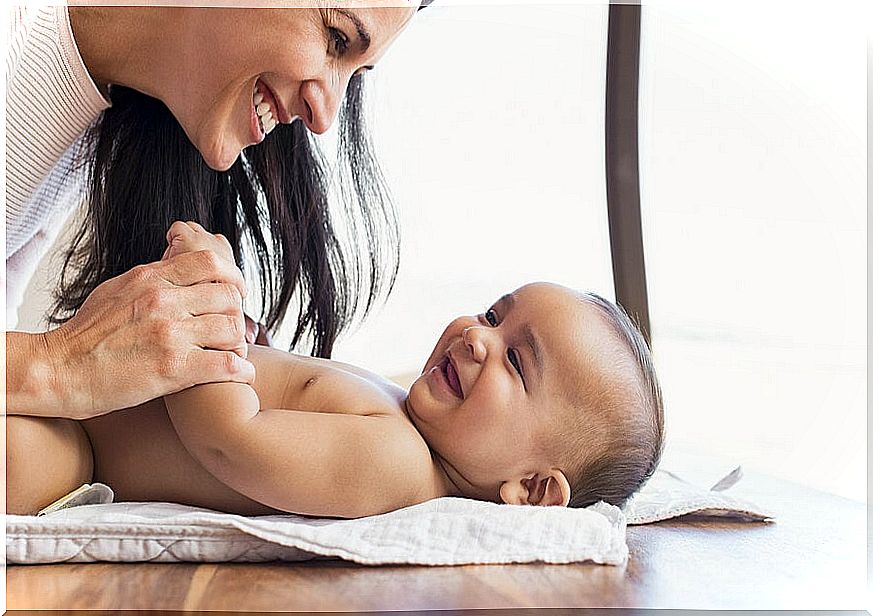
Why promote it at home?
It is important to use non-verbal language with infants and young children to help them empathize and understand information. What information? For example, that he is loved and that he is safe in the company of his parents. How is that expressed without words? Through a hug while being carried, for example.
Using non-verbal language with babies helps them emotionally and leads them to feel motivated enough to try to connect with the people around them. Over time, the baby will seek to imitate people’s speech and will try to communicate through words.
Opening the mouth to ask for food is a very common gesture of babies and one that communicates without the need for words. In this way, parents can know when their baby is hungry and it is convenient to feed him.
Many parents encourage their children to try to smile when they perform a grace so that babies learn to express their joy whenever they identify a funny face or feel ticklish.
How to stimulate the development of non-verbal language?
One way to stimulate non-verbal language is to maintain eye contact with the baby and try to create a ‘mirror effect’. For this, you only need to stand in front of the baby for a certain time, so that you focus your attention on the person, hold your gaze and imitate their gestures.
Of course, the longer this action is repeated on a regular basis, the more likely you are to successfully develop non-verbal language. The simplest thing is to try to make him smile at the same time as us or when he receives a certain stimulus, such as a caress on the soles of his feet or when showing him a certain toy.
Similarly, to develop his sensory capacity, you must use different tones of voice and rhythms from different places: near, far, from the front and to the side.
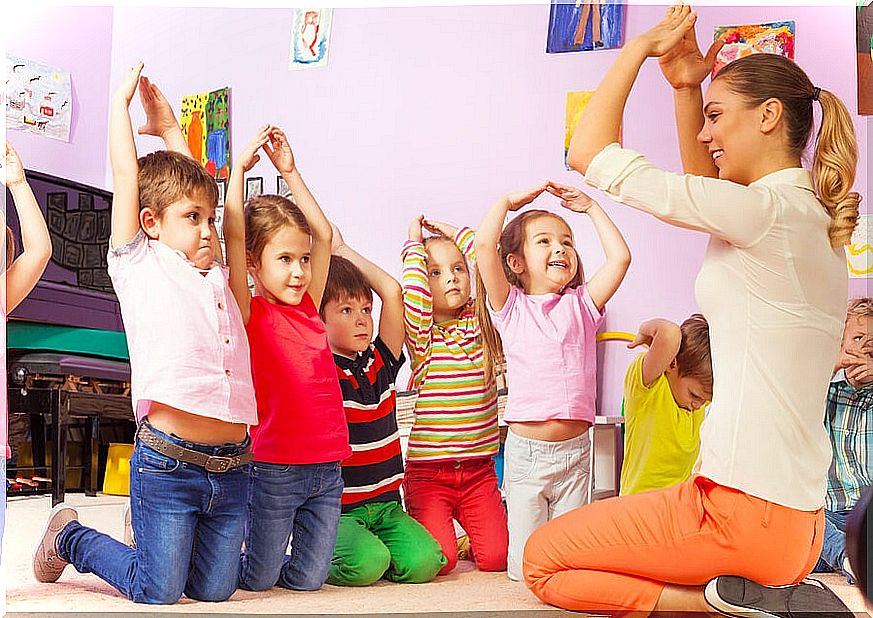
The importance of using non-verbal language with children
It is important to use non-verbal language with children to help them express needs, express feelings, sensations and also states of mind, both within and outside the family nucleus.
In this way, they will be able to interact with their parents in a much closer and more efficient way, since by communicating with a gesture that hurts their head, parents can already intuit what the best solution for it may be.
Non-verbal communication will help to accompany the words or to know how to express oneself without them when necessary. This is learning that will be of great use throughout life, in various fields.






